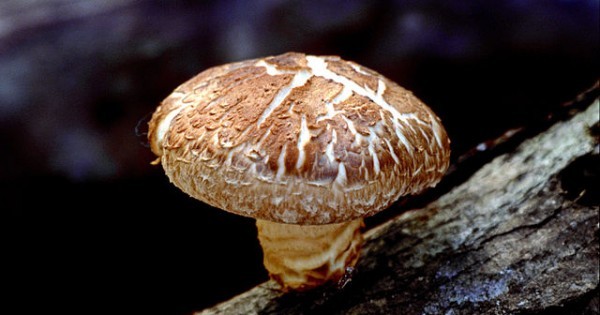
Last month, the Democratic People’s Republic of Korea unveiled 310 new political slogans. Among them was an exhortation to “turn ours into a country of mushrooms by making mushroom cultivation scientific, intensive, and industrialized!”
Now, “a country of mushrooms” may seem attractive to North Korea’s leadership, as the fungi are generally seen to be spongy, non-sentient beings. However, it turns out, mushrooms have hidden qualities, and they are not as unintelligent as we assume. In fact, they can solve complex math problems in order to move traffic around inside their long, thread-like filaments, and can make their own wind in order to disperse their spores.
Marcus Roper, an associate professor of mathematics at UCLA, studies how the fungus Neurospora crassa moves nutrients, fluids and cell nuclei around within its tubal network, which he calls “fungal freeways.” As explained on the radio program “Science Friday,” the fungus has to decide which part of the network will be an “interstate,” a bypass, or “a secondary road,” in order to ensure a constant flow of traffic. Roper, who had spliced a gene for green fluorescent protein into the fungal nuclei, uses lasers and high-speed cameras to study the strategies that the fungus has learned in order to solve what he calls “incredibly difficult” mathematical problems.
But that’s not all. In 2013, Roper and Emilie Dressaire, an assistant professor at New York University Polytechnic School of Engineering, presented the preliminary results of a study on spore dispersal in oyster and shiitake mushrooms at a meeting of the American Physical Society’s Division of Fluid Dynamics. It had been thought that mushrooms passively drop clouds of spores from their caps and wait for the wind to blow them away. But the spores are also dispersed in still air, and that’s because the mushrooms make their own wind.
Dressaire and Roper used high-speed videography and mathematical modeling to show that the mushroom caps release water vapor, which cools the air nearby. This “creates convective cells that move the air around in the mushroom’s vicinity,” which waft the spores away and disperse them.
Do we underestimate the wisdom of mushrooms? “It seems to me that we don’t really think about the ingenuity of mushrooms,” Dressaire wrote to me via email. “Humans have engineered ways to control their interactions with their environment, live healthier lives, and communicate more efficiently. That’s what makes us ‘smart.’” Evolution, she says, has made mushrooms more efficient at what matters to them, including scattering their spores. “It is a different kind of engineering than the one we are used to, and that may be why we don’t think about mushrooms as smart.”
Perhaps it’s time to revise our view of the furtive fungi and pay heed to their hidden powers, as the poet Sylvia Plath warned in “Mushrooms”:
We shall by morning
Inherit the earth.
Our foot’s in the door.

